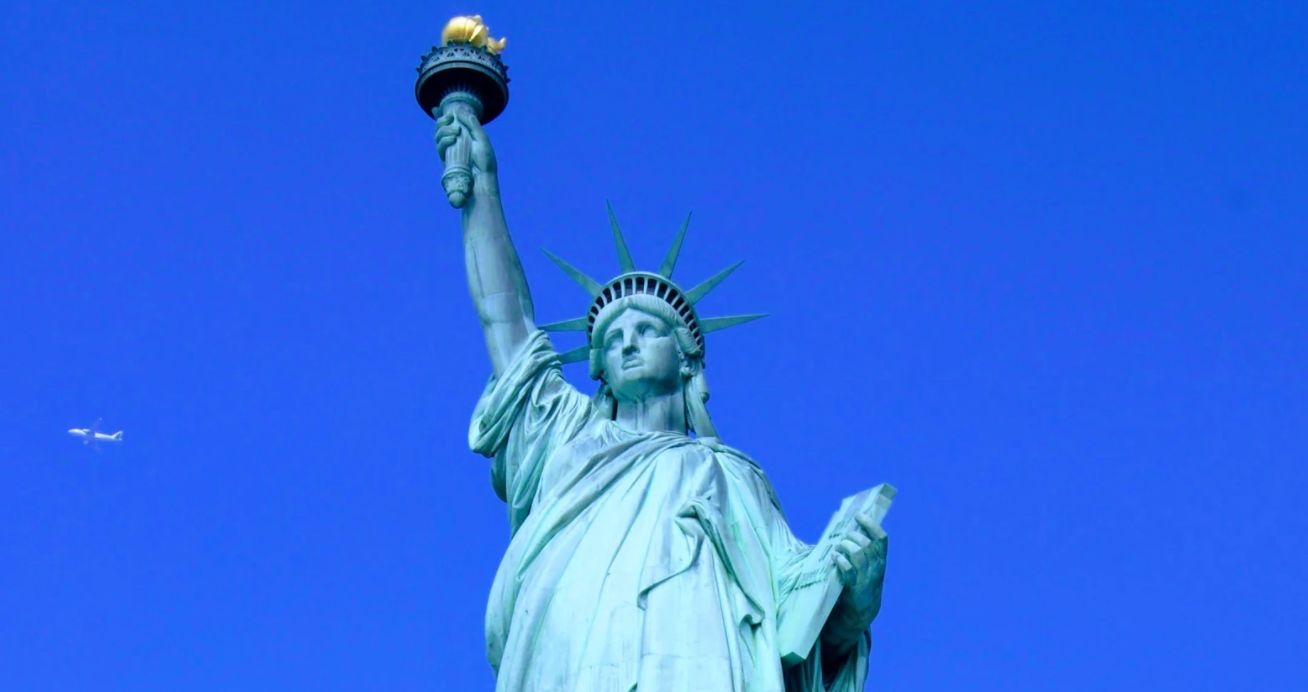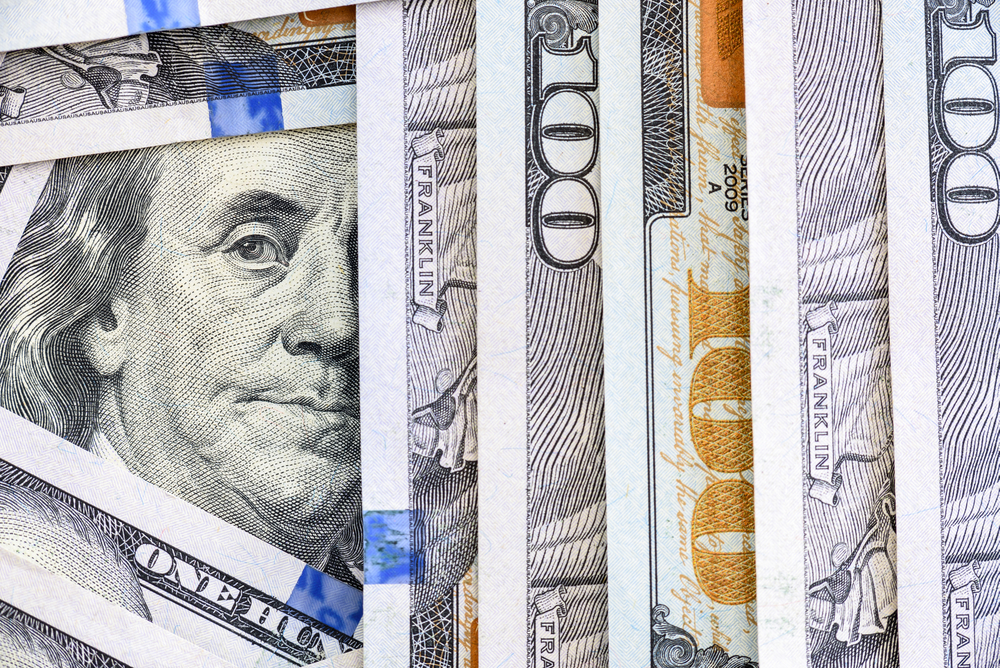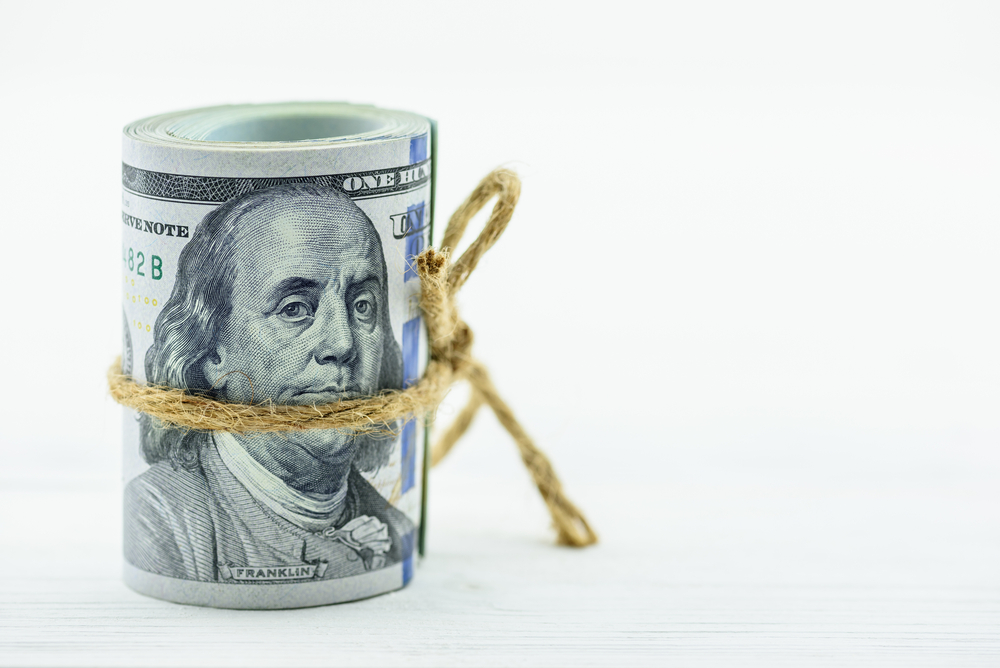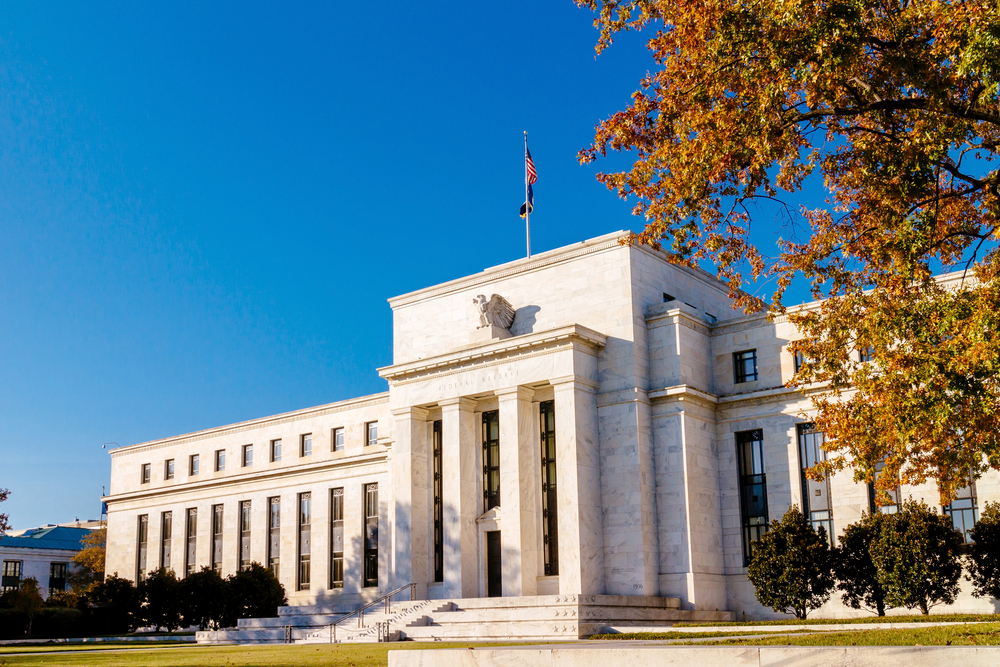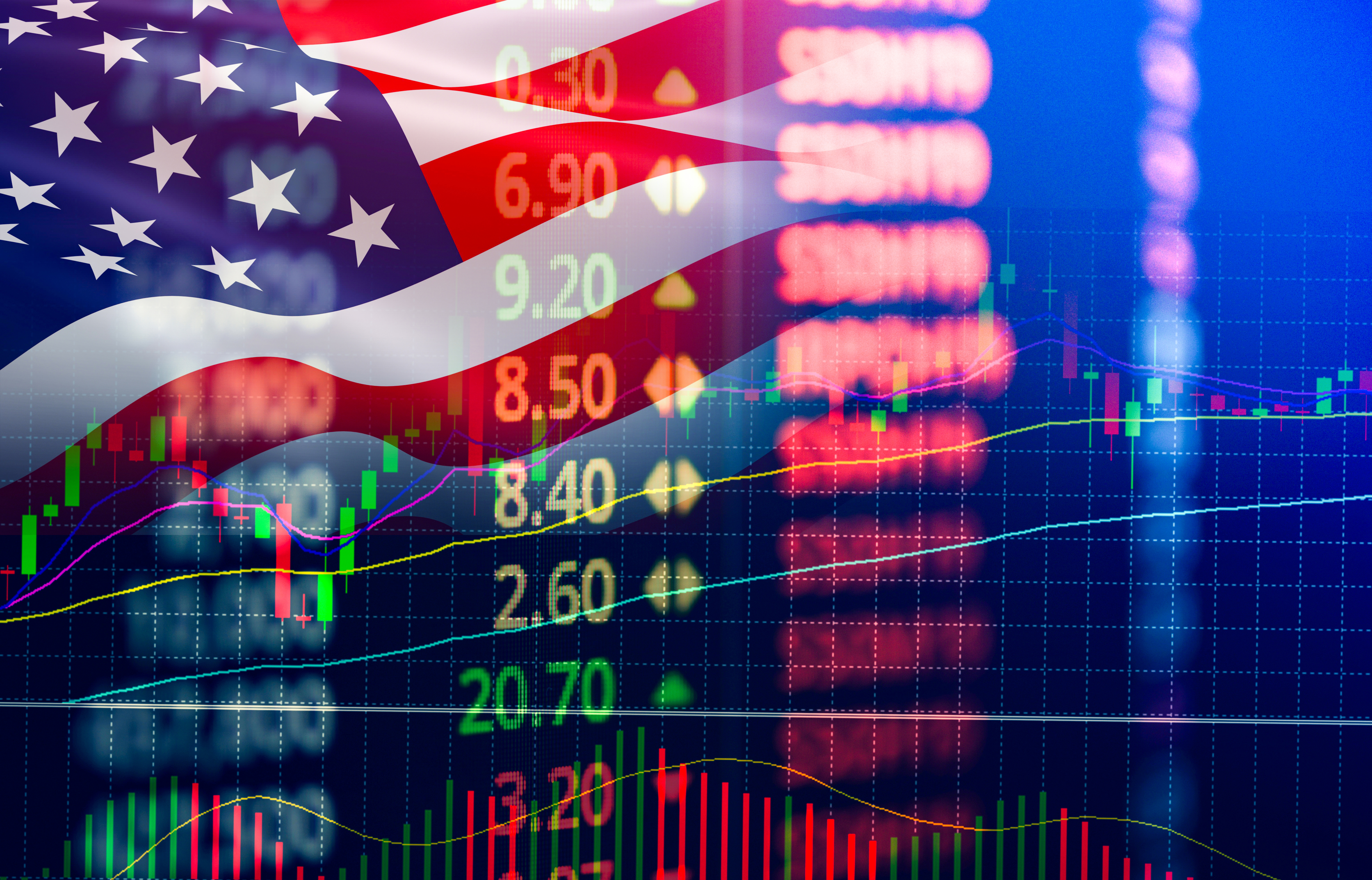Final Approval Given for the Massive Stimulus
Stimulus package, which was approved by the House of Representatives last month, was sent back to the House for approval of the revised articles when it was voted 'yes' by the Senate after a 2-week period. U.S. President Joe Biden is expected to sign the package on Friday, which was approved by the House on the third trading day of the week.
Joe Biden, the 46th president of the Democrats, raised a $ 1.9 trillion financial aid package to combat the effects of the Coronavirus outbreak, which the World Health Organization (WHO) has declared a pandemic. Although the package Biden proposed was backed by Democrats, Republicans rejected the proposal. However, Democrats with majorities in the House and Senate approved the package. In the House of Representatives, the first vote on the stimulus package was 219 votes to 212, while in Congress, it was approved by 49 'no' votes to 50 'yes'. Republican Sen. Dan Sullivan was unable to attend voting because of the funeral.
The Congress members revize the unemployment payments within the package and sent it to the House again. After 4 days, while the House of Representatives gathered for the final vote of the package and approve it by 220 votes against 211. Then, it was submitted to President Joe Biden to sign it. "Biden Will Sign It Into Law On Friday," the White House said in a statement on the stimulus package.
The details of the package is as follows; 158.8 million citizens will be eligible for the aid. Full direct payments will go to individuals making as much as $75,000 and married couples making as much as $150,000, and the $300 weekly jobless-aid supplement lawmakers approved in December will continue through Sept. 6. The package also provides $7.5 billion for vaccine distribution, $48 billion for testing and contact-tracing efforts, and $22 billion for rental assistance.
In addition, $39 billion will be paid for child care, $29 billion for the restaurant industry and almost $160 billion for schools and universities. xx In addition to direct cash benefits, the package also includes content such as tax credits, rent and food assistance for low-income families.
How Did Markets React to the Stimulus Package?
In addition to rising prices of food, durable goods, oil and international commodities in the US, the world's largest economy, the Federal Reserve's ultra-loose monetary policy steps raised long-term inflation concerns, causing 10-year bond interest rates to rise to 1.60 percent.
While this increase in bond yields reflected positively on the dollar index, it subdued investor risk perception in global markets, leading to the decline of SP500, NQ100 and DOW30. But with the developments on the stimulus package since March 6, investor risk perception in the markets has become optimistic, and on the first trading day of the week, leading indices caught the recovery momentum. After the Biden's $ 1.9 trillion stimulus package was approved by the House of Representatives, it subdued the dollar index, leading to the appreciation of developed and developing country currencies.

